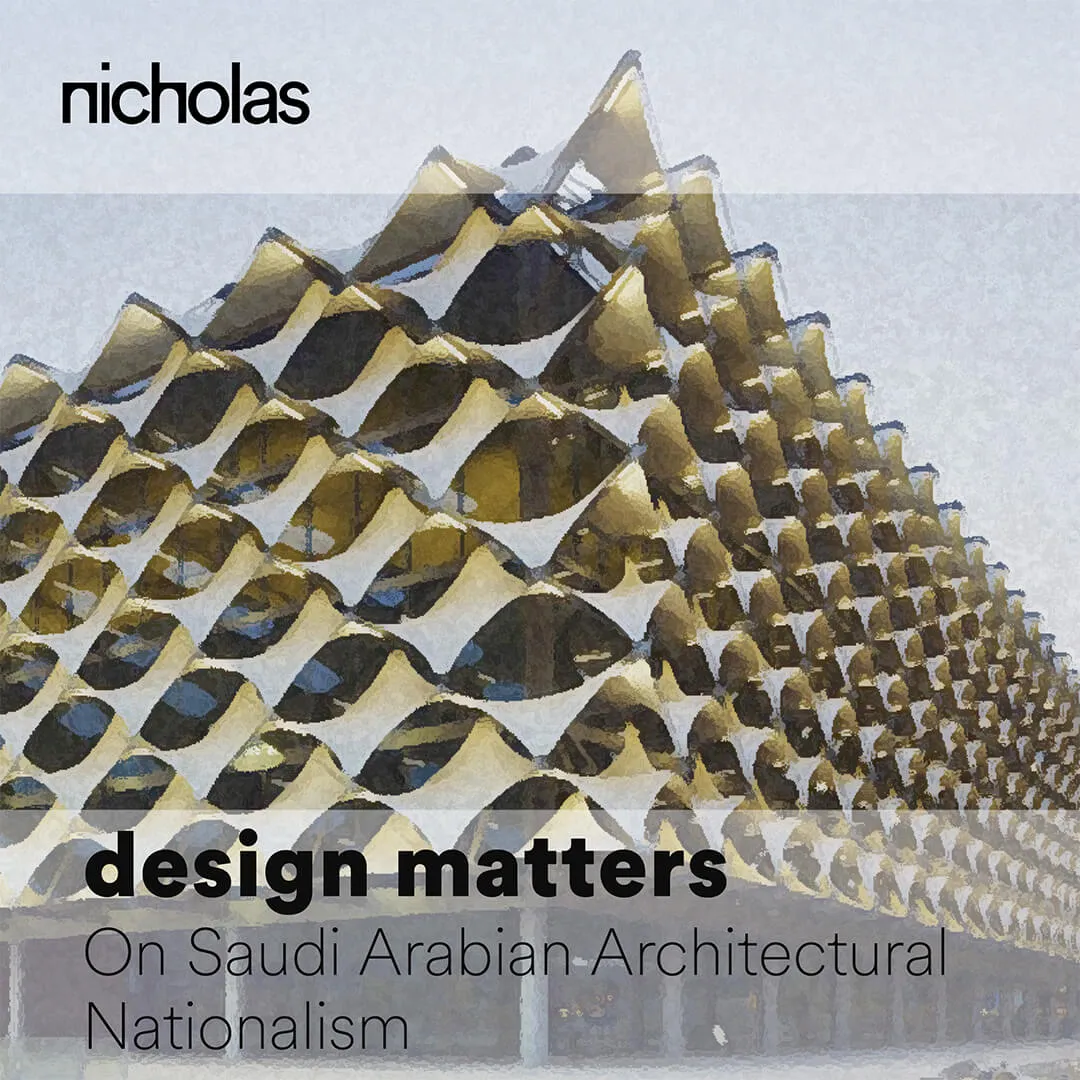
Salmani architecture is, by royal charter
(ميثاق الملك سلمان للعمارة والعمران), the expression of Saudi Arabian architectural heritage in contemporary form, centred on Riyadh. In essence, it is a contemporary reinvention of the historical Najdi style.
Architectural nationalism has had an “interesting” past. A.W. Pugin’s development of the Gothic as an emblem of Protestant England was a supremely successful definer of national identity. Albert Speer’s monumental classicism did similarly for the Weimar Republic, but for all the wrong reasons.
The ubiquity and egalitarianism of Twentieth Century Modernism swept away the finer-grained forms of architectural regionalism, replacing them with a new, “democratic” order. Evelyn Waugh captured the zeitgeist in Brideshead Revisited with the phrase: “It’s our turn now!” Our turn to do what, exactly? The result: “placelessness”.
Prince Charles, as he then was, championed “critical regionalism” (the reinterpretation of regional styles) throughout the 1990s and early 2000s, and was reviled by architects to an extent which is largely (and perhaps conveniently) forgotten today.
As we come full circle, it’s now widely accepted that location-specific architectures are desirable – not only as signifiers of identity (the cornerstone of civic society), but also in response to climate and “place”.
If buildings can intelligently adapt to environment and culture by learning from the past then we, as builders, will have instigated regenerative strategies which are more than mere “continuation”, driving better outcomes for people and planet.